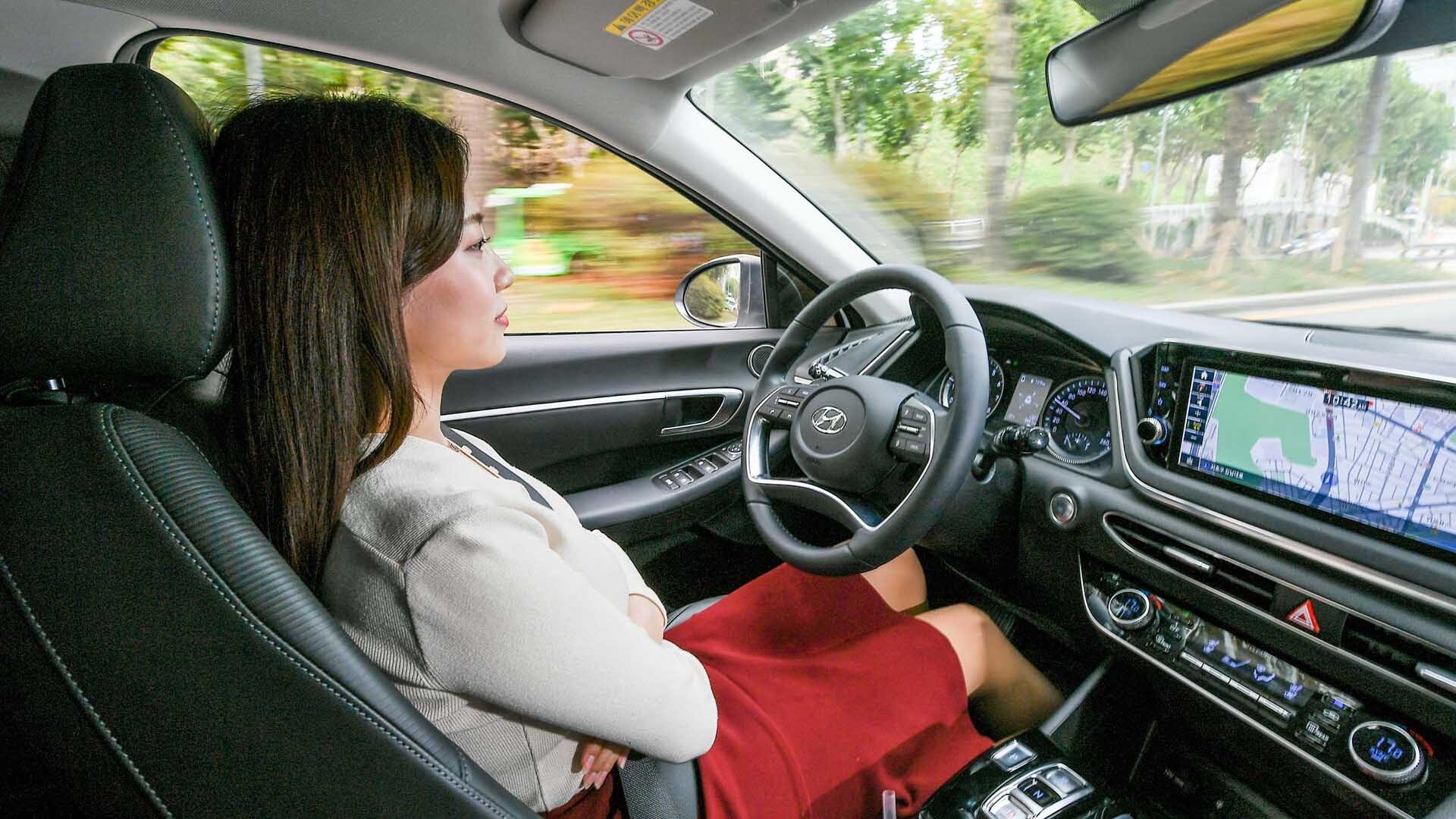
Independent vehicle safety body Thatcham Research has blasted the government over its plans to roll-out automated technology in the future.
The government has announced that vehicles fitted with Automated Lane Keeping System (ALKS) technology could be legally defined as a self-driving vehicle, as long as they receive GB type approval and that there is no evidence to challenge the vehicle’s ability to self-drive.
According to the Department for Transport, the first automated vehicles could be on the roads by the end of the year.
But Thatcham hit out and claimed this announcement meant the UK Government “is contributing to the confusion and frequent misuse of assisted driving systems that have unfortunately already led to many tragic deaths”.
Matthew Avery, director of research at Thatcham Research, added: “ALKS as currently proposed by the Government are not automated. They are assisted driving systems as they rely on the driver to take back control.”
ALKS enables a vehicle to drive itself in a single lane, while maintaining the ability to easily and safely return control to the driver when required.
The Department for Transport claimed the technology could improve road safety by reducing human error, which it said contributes to over 85 percent of accidents, as the driver will be able to hand control over to the vehicle, which will constantly monitor speed and keep a safe distance from other cars.
Avery added a “widespread and effective ongoing communications campaign, led by the automotive industry and supported by insurers and safety organisations, is essential” in order to address current and future misconceptions and misuse.
How can ALKS tech be classed as driverless?
According to Thatcham, the following four “non-negotiable criteria” need to be met before ALKS can be classed as automated:
- The vehicle must have the capability, and be allowed through legislation, to safely change lanes to avoid an incident
- The vehicle must have the capability to find a “safe harbour” at the side of the road and not stop in a “live” lane
- The systems on the vehicle must be able to recognise UK road signs and this needs to be assured by an independent organisation
- Data must be made available remotely through a neutral server for any incident to verify who was “in charge” at the time of the incident – the driver or the vehicle.
ALSO READ:
Government warned over 2021 ‘automated driving’ plans
Safety body warns of ‘dangerous’ automated driving confusion